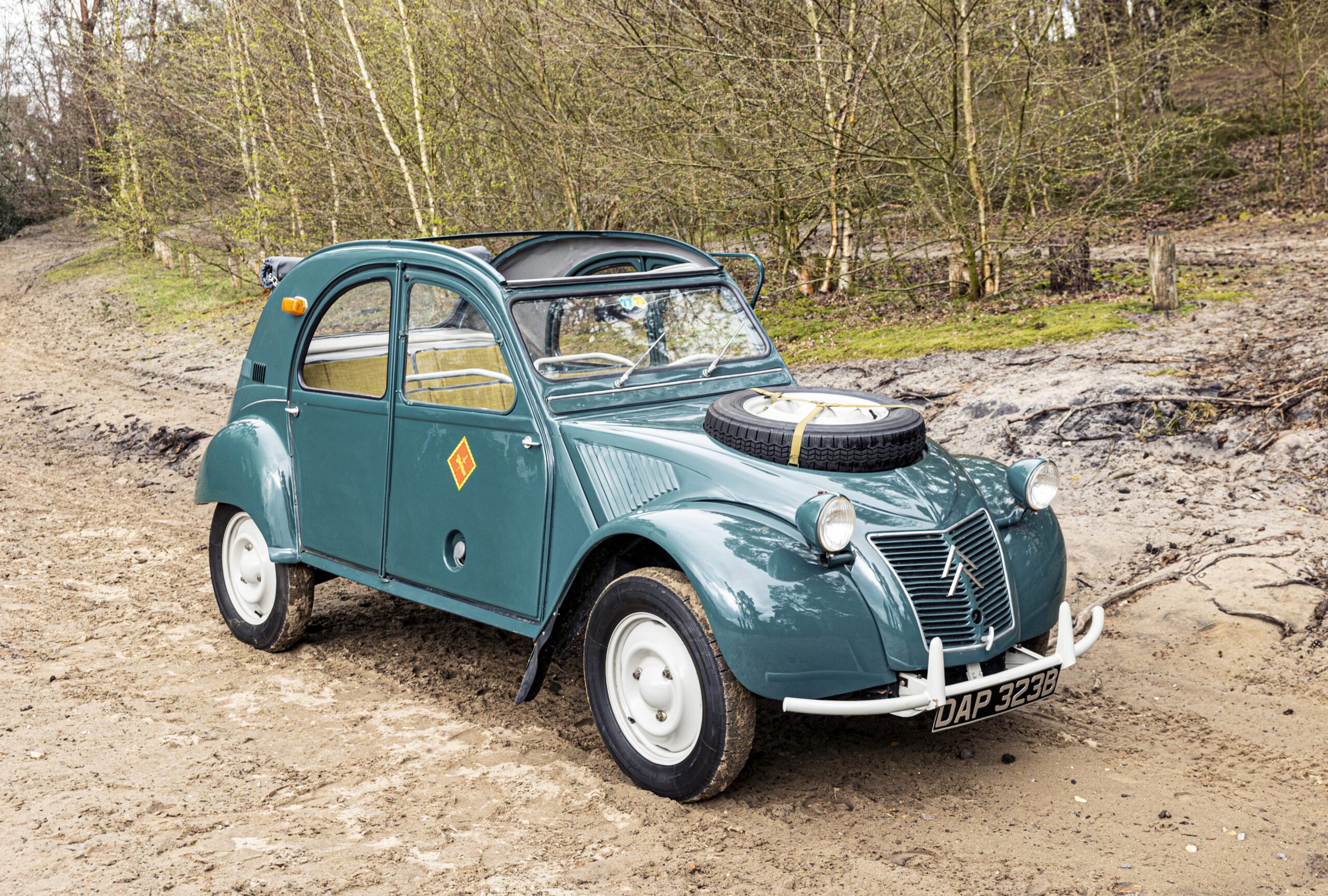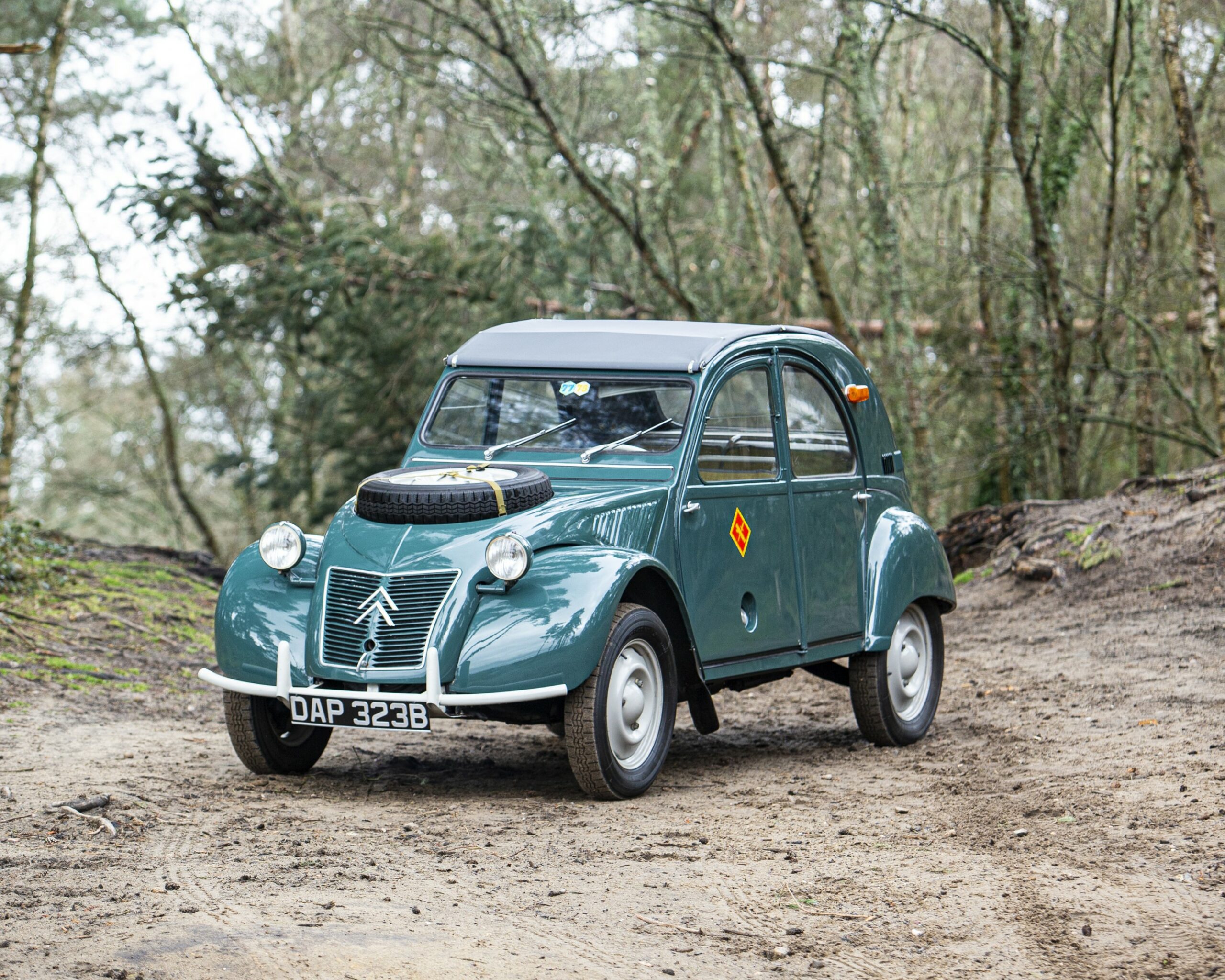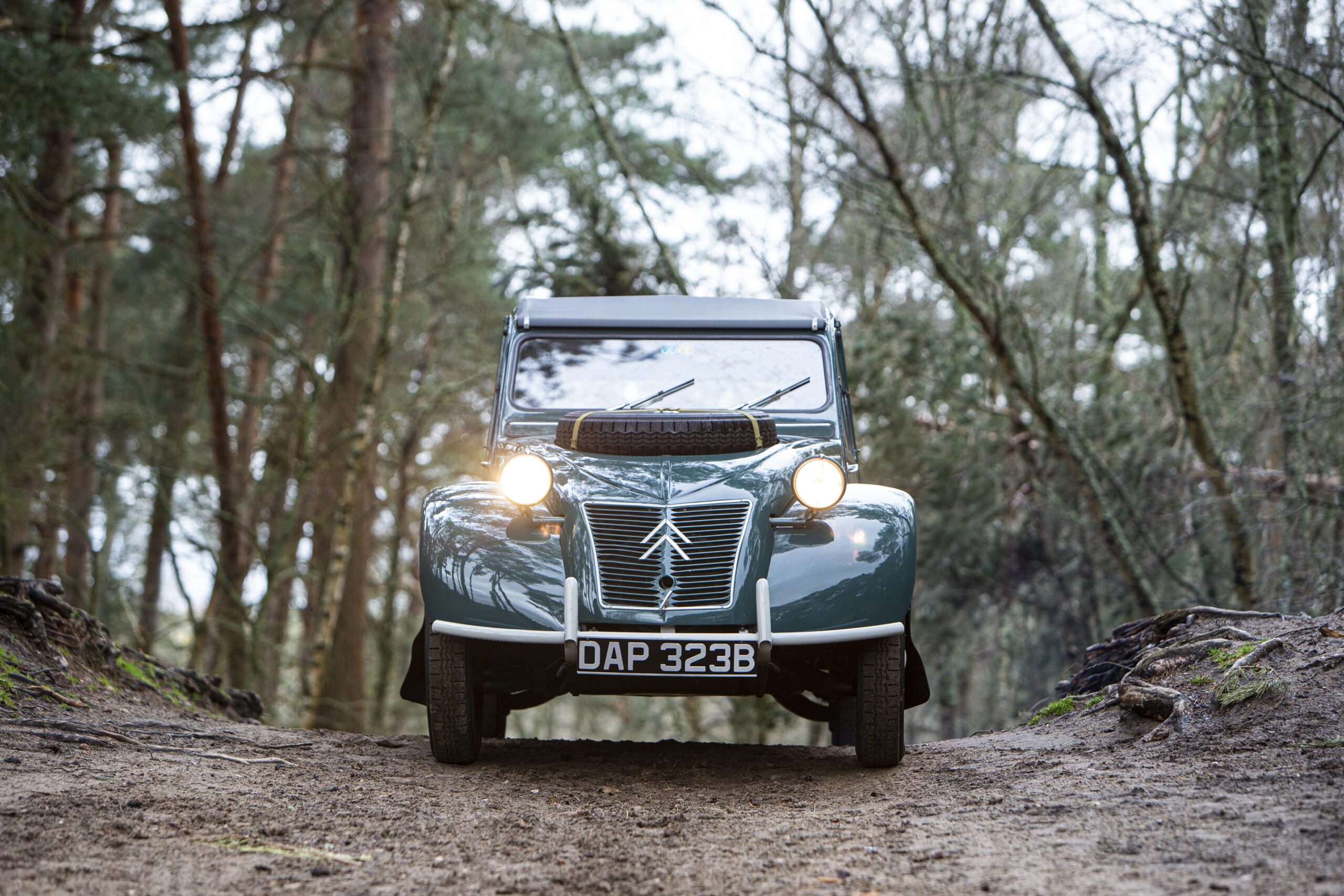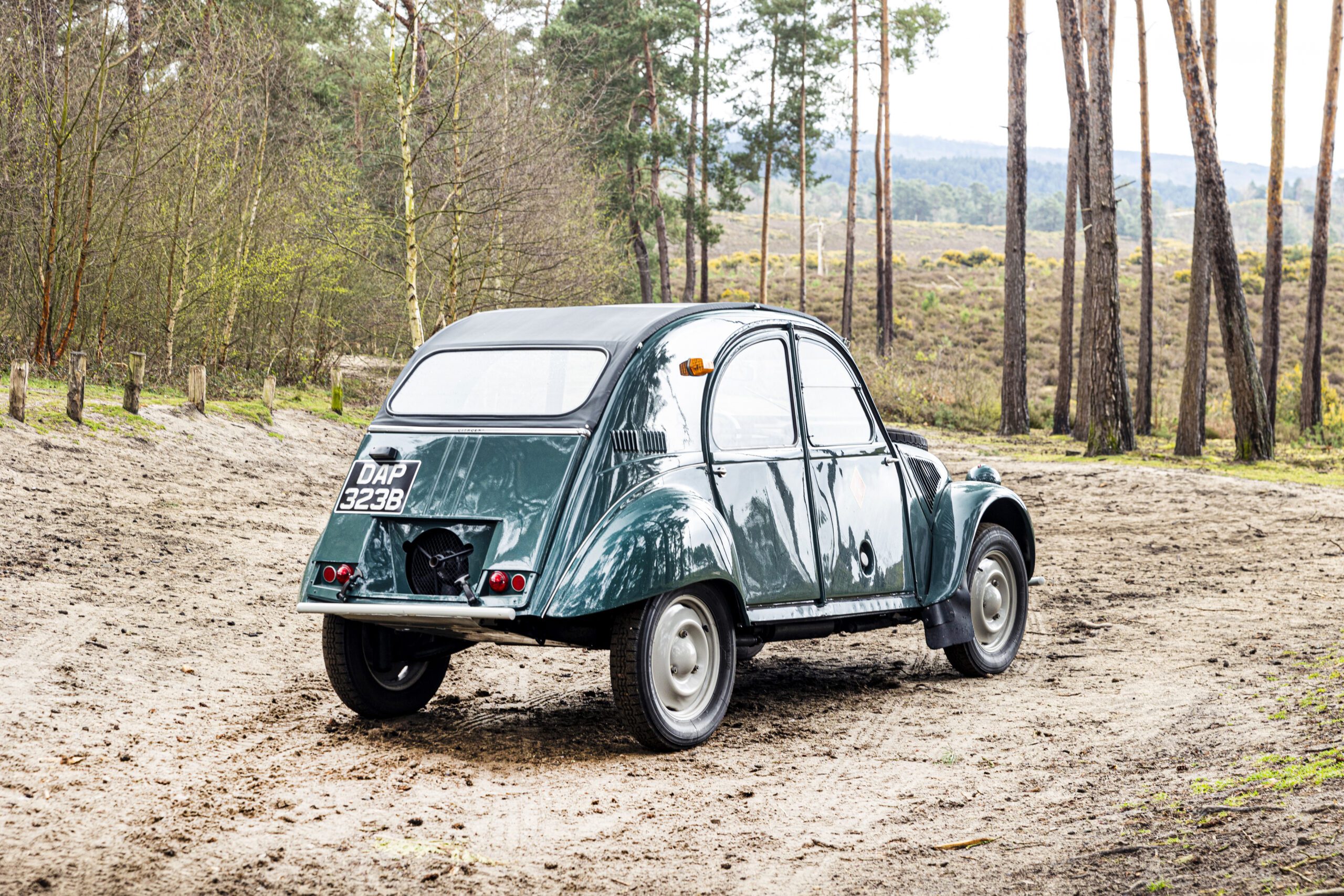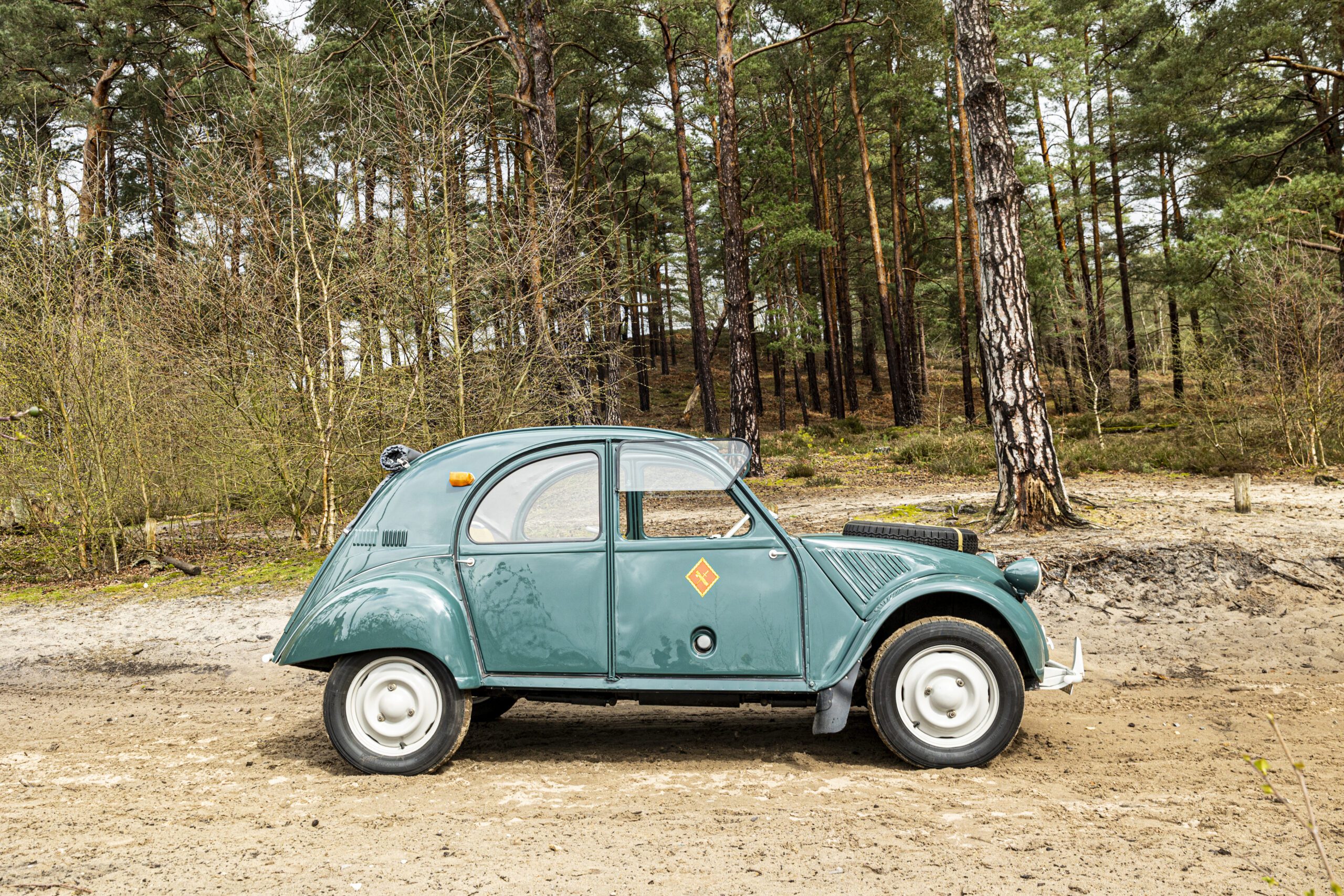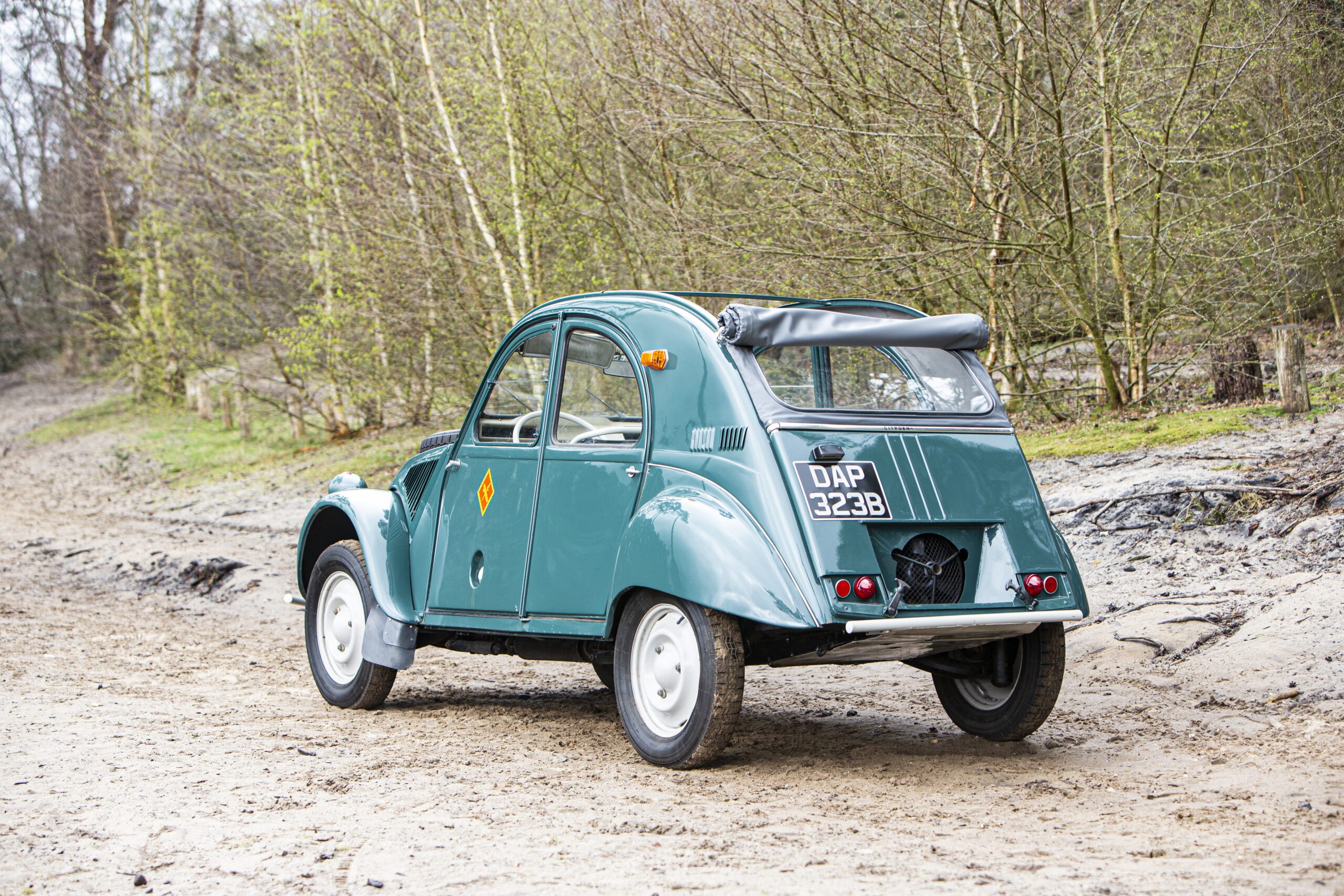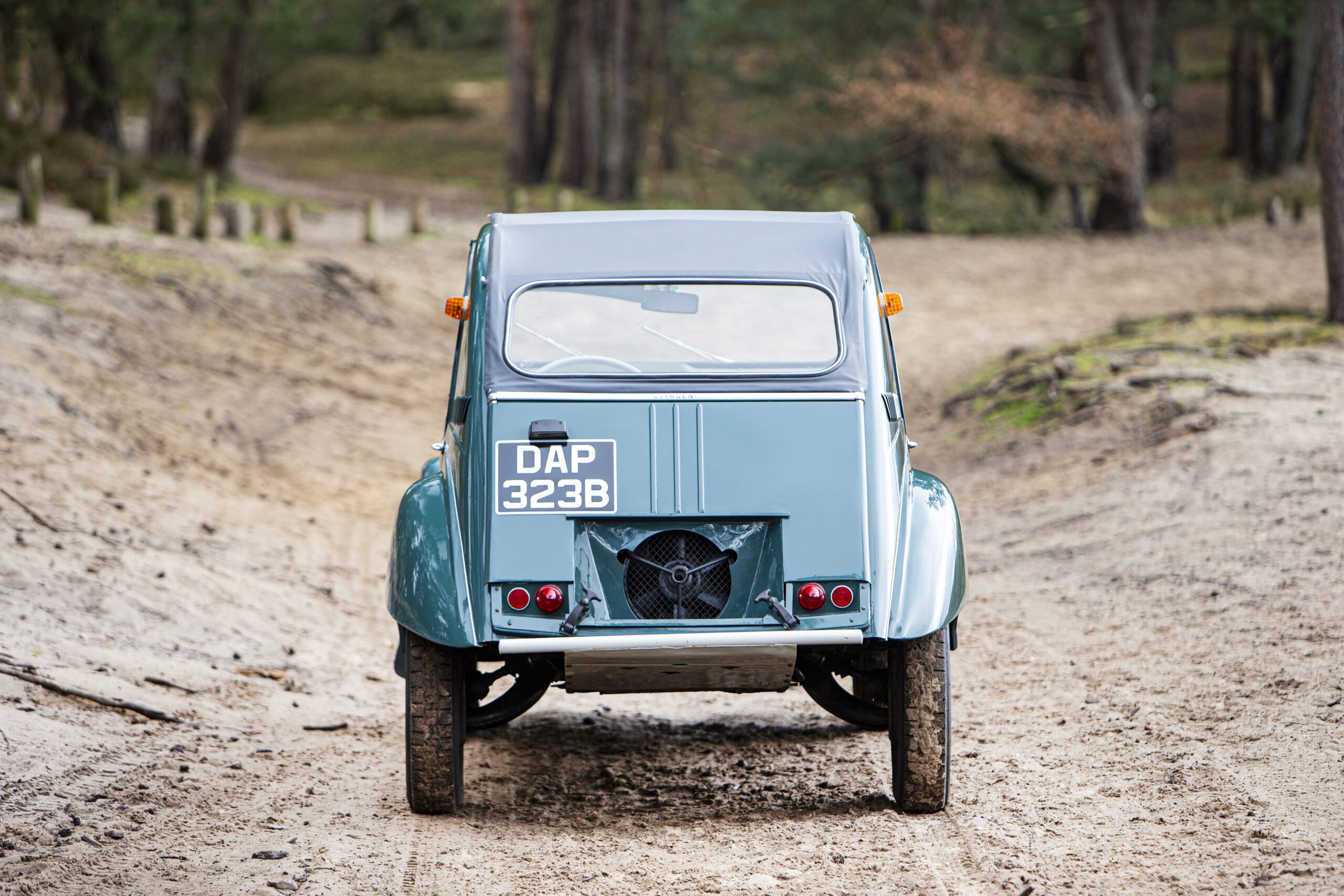Ranked alongside iconic cars such as the Volkswagen Beetle, Mini, and Land Rover, Citroën’s distinctive 2CV made its debut in 1949, emerging as a classic mass-produced vehicle of the post-war era.
Initially designed to offer basic transportation during a period of austerity, the 2CV transcended its modest beginnings to become a beloved choice for environmentally conscious drivers. Despite its modest performance, with a top speed of around 110km/h, the 2CV captured the hearts of many enthusiasts who valued its spacious interior, full-length sunroof, and fuel efficiency.
The end of French production in 1988 marked a somber moment for enthusiasts, although production continued in Portugal for two more years. Among the myriad of 2CV variants, the ‘Sahara’ stands out as one of the most unique and sought-after today.
Featuring four-wheel drive, this variant ingeniously employed a second engine to power the rear wheels. Originating from experiments conducted by Citroën dealers, the factory began official production of the Sahara in December 1960, primarily targeting the rugged desert terrain of France’s North African colonies.
The Sahara boasted a range of modifications including a reinforced chassis, specialized suspension, wider wheel rims, and twin fuel tanks located beneath the front seats, all aimed at enhancing its capability to tackle challenging environments.
Following Algeria’s independence, Citroën rebranded the car as the ‘2CV 4×4’ in 1962. It’s estimated that approximately 700 units of both the Sahara and 2CV 4×4 were produced, adding to the vehicle’s allure among collectors.
Photo Source: RM Sotheby’s





